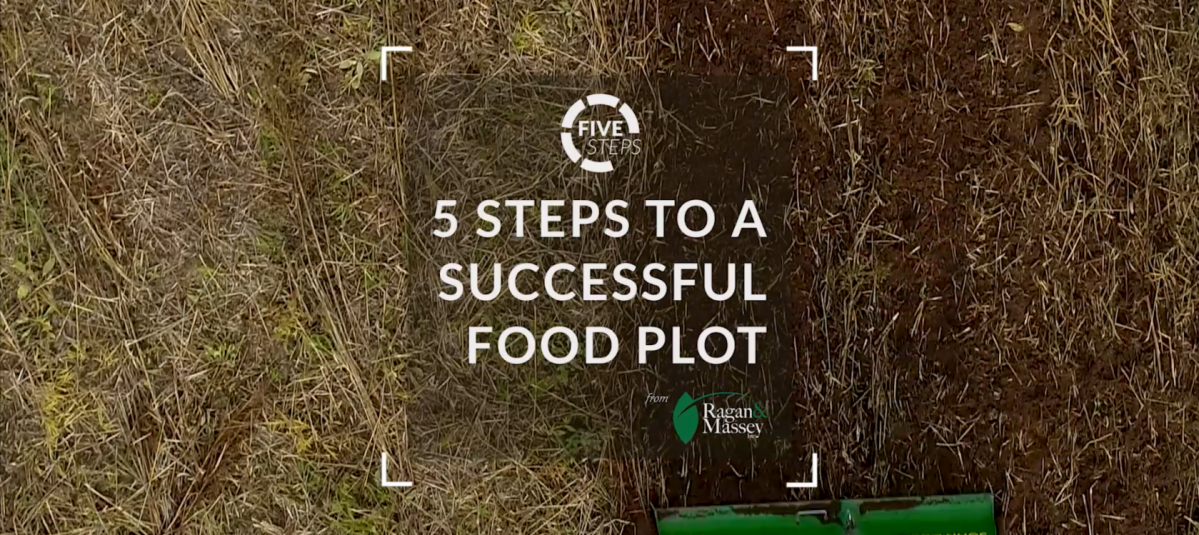
A food plot is a must-have for hunters and wildlife enthusiasts. Planted in the spring or fall, these areas full of grasses and seeds like forage oats, clover, rape and chicory, that attract wild game like deer and turkeys. Plots can range in size from as small as a garden to as big as an acre. While establishing a food plot is a fairly simple process, there are some steps you can take to ensure success.
- Choose a Plot Location and Seed. The first step is to choose a spot for your food plot where wildlife is active. Look for wildlife clues like deer trails, deer bedding areas, places where turkeys roost or choose a spot near water. Plot location also helps determine which type of forage seed to plant. Small-seeded forages, such as PlotSpike Clover Blend, perform best when the seedbed can be tilled over. But some food plots are so remote that tillage equipment can’t be used. In that case, choose PlotSpike Quick Stand No-Till blend, which doesn’t have to be tilled into the soil.
- Test the Soil. A successful planting begins with knowing the PH of your soil. When the soil is acidic, forage seeds have a harder time absorbing nutrients, hindering growth. Also, knowing the PH can help you easily correct soil issues before you plant. For example, low soil PH can be corrected by applying lime to your food plot. Soil test kits are available at most ag stores or contact your local county extension.
- Clear and Prep the Soil. Two weeks before planting, hand trim the grass and weeds and mow to prepare your food plot. Use a non-residual grass and weed killer, like Compare-N-Save Concentrate Grass & Weed Killer with 41% glyphosate, to kill all unwanted plants. Till the plot once the vegetation is brown, working the dead vegetation back into the soil. This adds organic matter to the soil, giving it a greater ability to hold moisture and creating better contact between seeds and soil.
- Plant and Fertilize. Use a handheld spreader for smaller plots or a pull-type spreader for larger plots. After planting, work the soil lightly with a rake or pull a board across the surface to lightly cover the seed. Fertilize with a 13-13-13 mix of nitrogen, phosphorus and potassium, unless you tested the soil, then use the fertilizer recommended for your soil type or consult your county extension office.
- Maintain your Plot. Once you’ve successfully established your food plot, apply a second application of nitrogen fertilizer to help boost forage yields and make your food plot more palatable to wildlife.
Ragan & Massey is a proud member of the Louisiana Seed Association and the Southern Seed Association. We source, pack and produce all of our own seed and know the origin and genetic capabilities of our varieties. We carry several varieties of PlotSpike seeds, none of which have fillers or unnecessary coatings. You can find all our varieties, and where to buy them, on our website.
